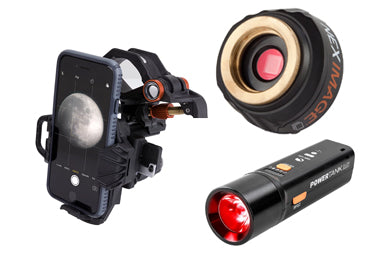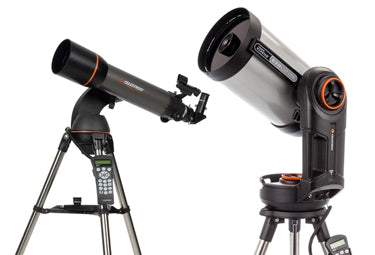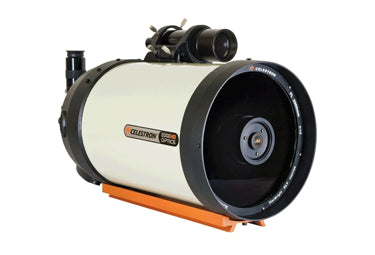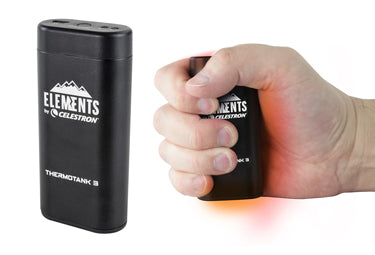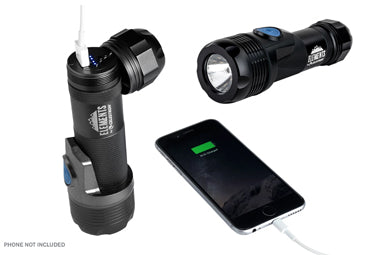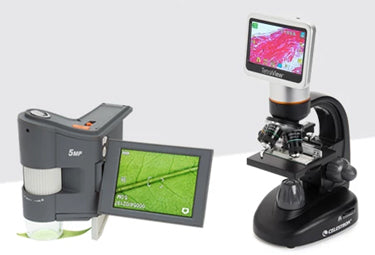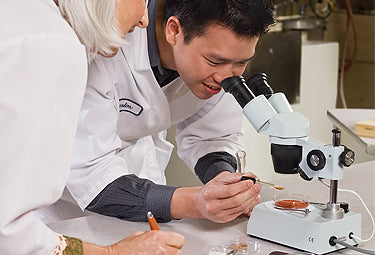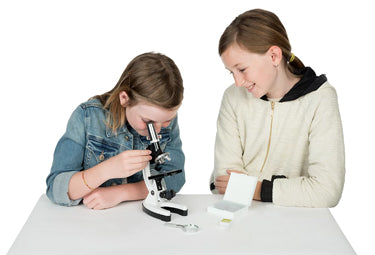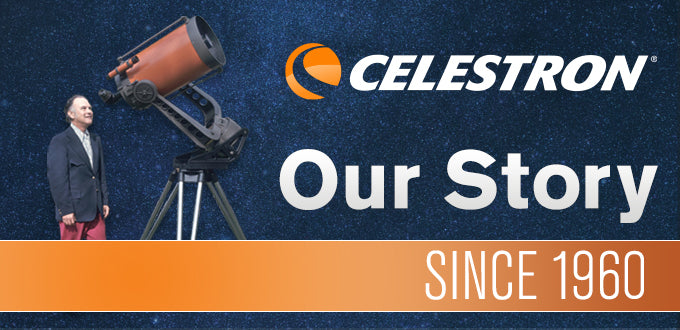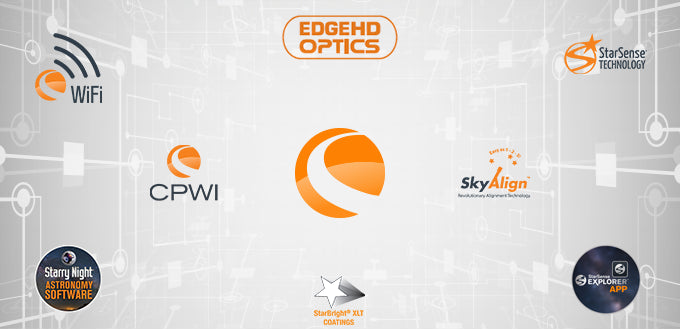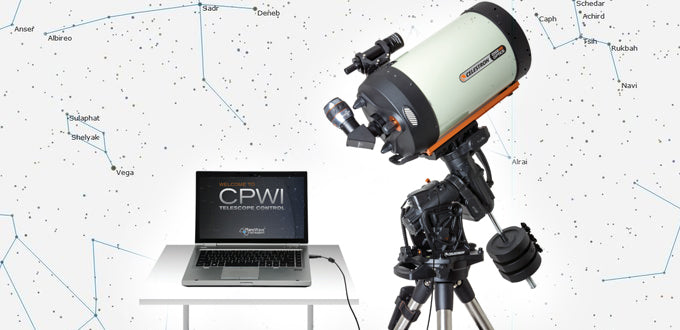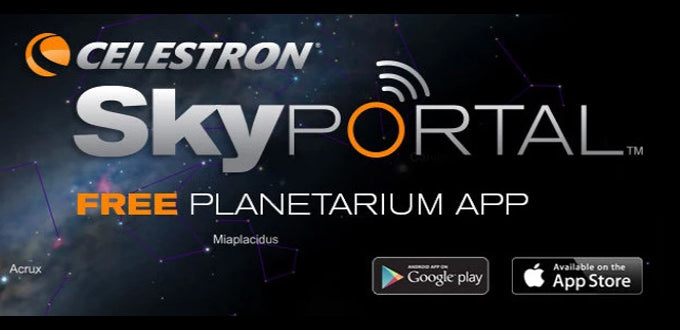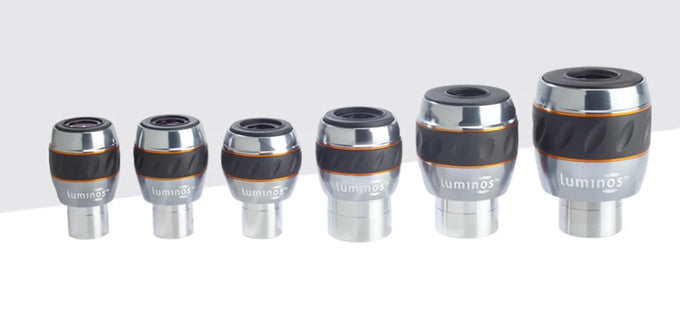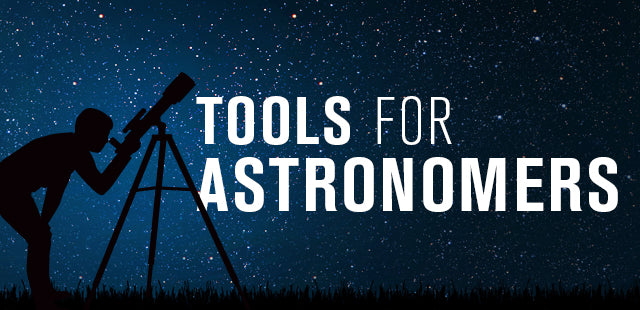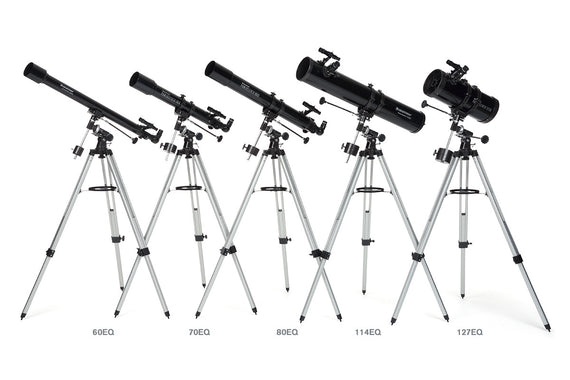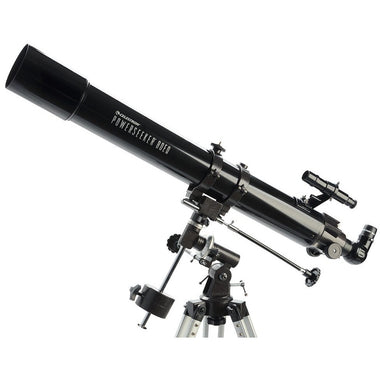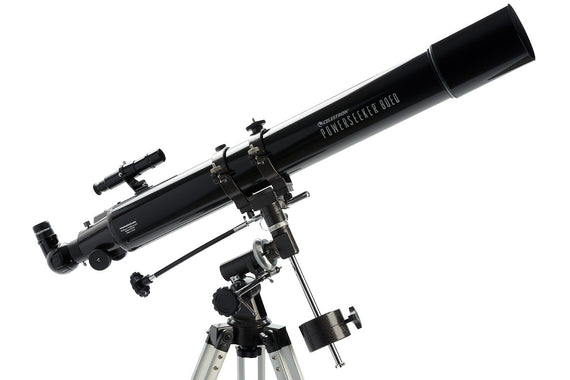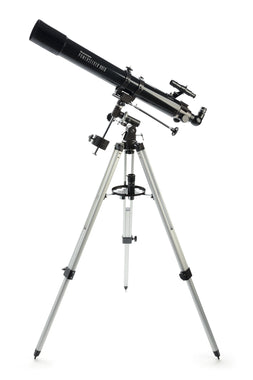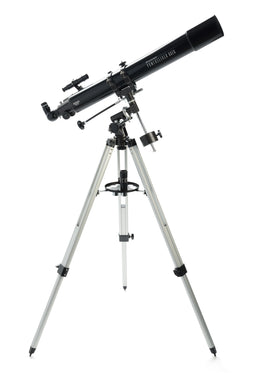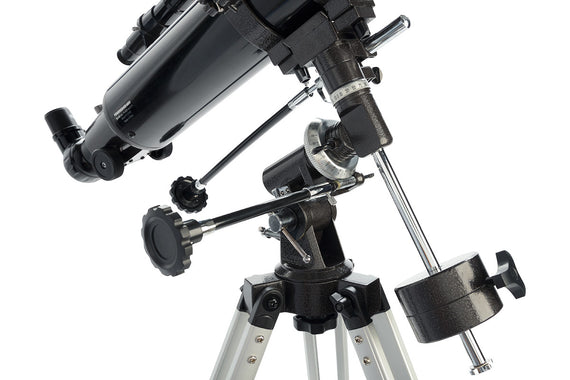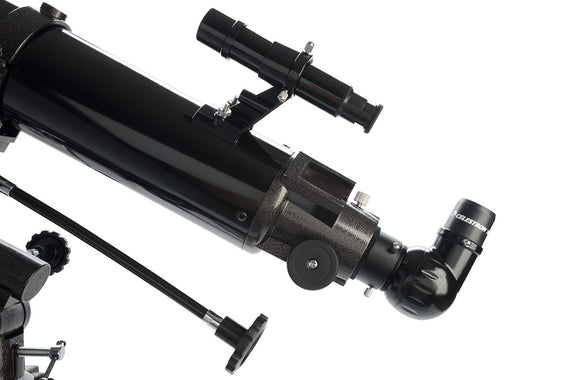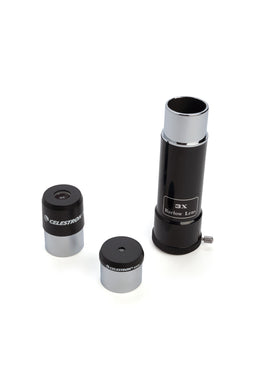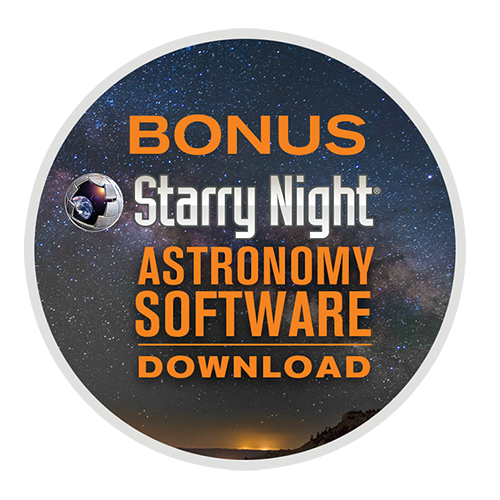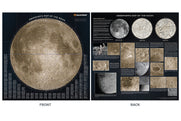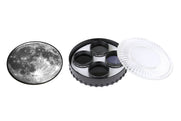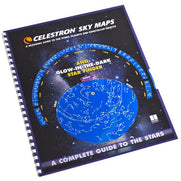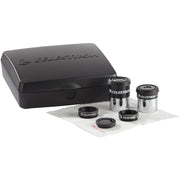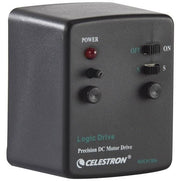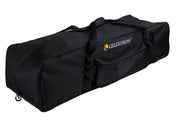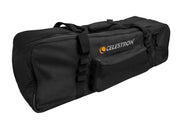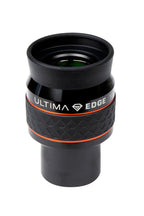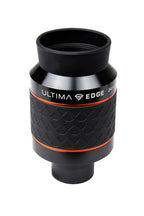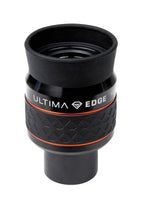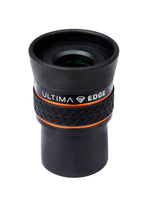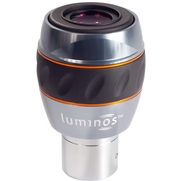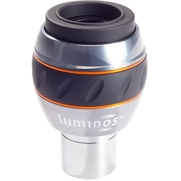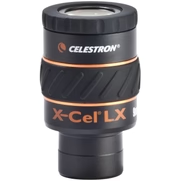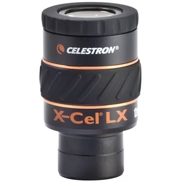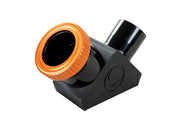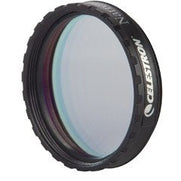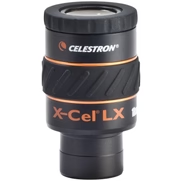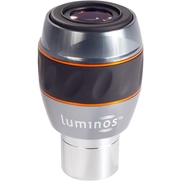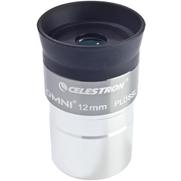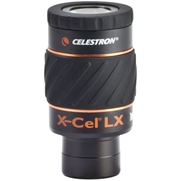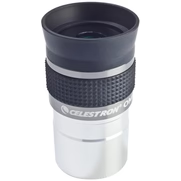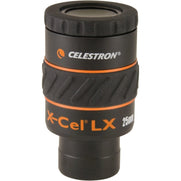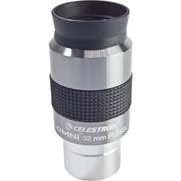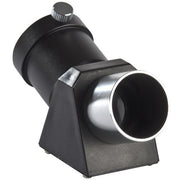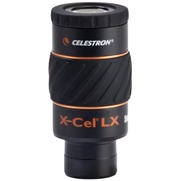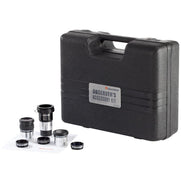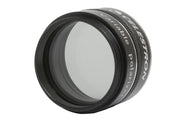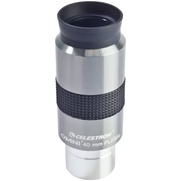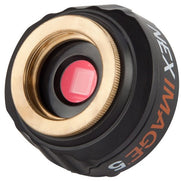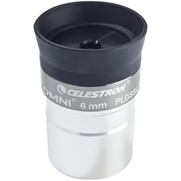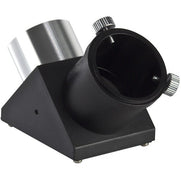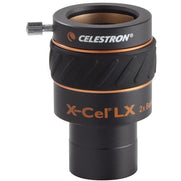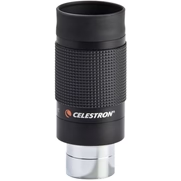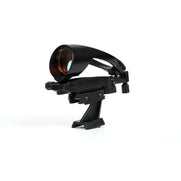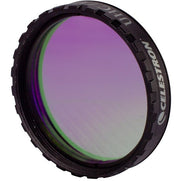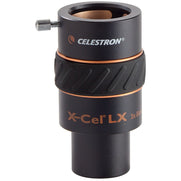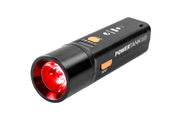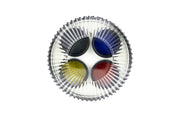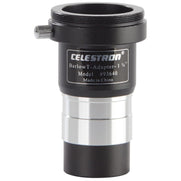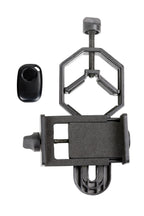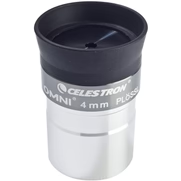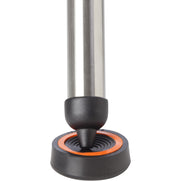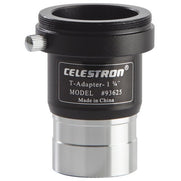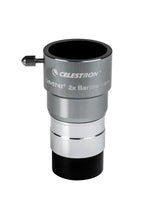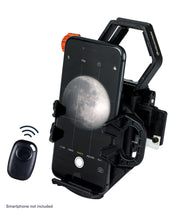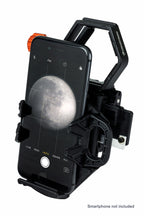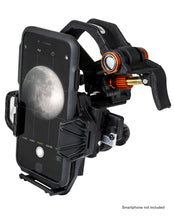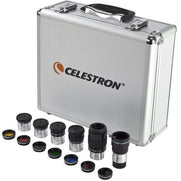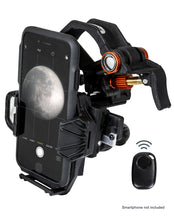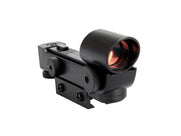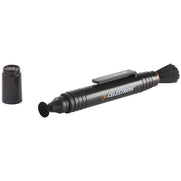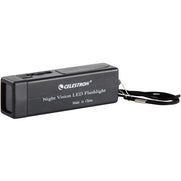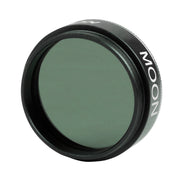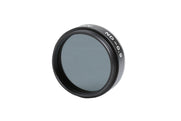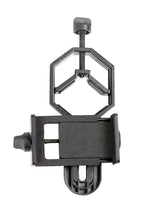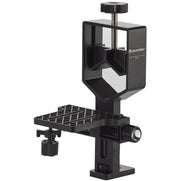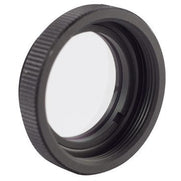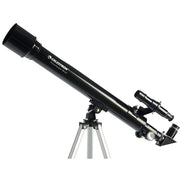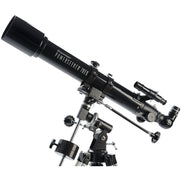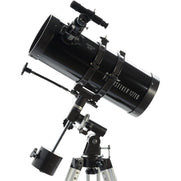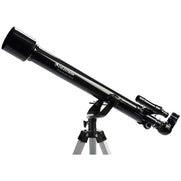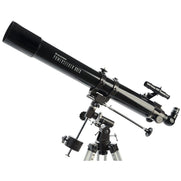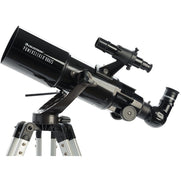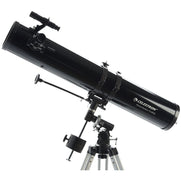PowerSeeker 80EQ Telescope
$199.95
In StockContiguous USA only
- Manual German equatorial mount with setting circles to locate and track sky objects
- Adjustable, full height tripod with deluxe accessory tray
- Quick and easy no-tool setup
- Accessories include a 20mm and 4mm eyepiece, an erect image diagonal, a finderscope, and a 3x Barlow lens.
- Download Starry Night Basic Software with a 36,000 object database, printable sky maps and enhanced images including 3D renderings of stars, exoplanets, and galaxies
Overview
- Manual German equatorial mount with setting circles to locate and track sky objects
- Adjustable, full height tripod with deluxe accessory tray
- Quick and easy no-tool setup
- Accessories include a 20mm and 4mm eyepiece, an erect image diagonal, a finderscope, and a 3x Barlow lens.
- Download Starry Night Basic Software with a 36,000 object database, printable sky maps and enhanced images including 3D renderings of stars, exoplanets, and galaxies
Description
Discover our Solar System with the Celestron PowerSeeker 80EQ! You’ll be ready to observe in minutes thanks to the quick and easy no-tool setup. The 80EQ provides bright, clear images of the Moon, planets, star clusters, and more for great nighttime viewing.
Manual German Equatorial telescope
The PowerSeeker mount comes with two slow motion control knobs that allow you to make fine pointing adjustments to the telescope in both Right Ascension and Declination axes, also referred to as RA and DEC.
Accessories Included
Accessories include a 20mm and 4mm eyepiece, an erect image diagonal, a finderscope, and a 3x Barlow lens. The two eyepieces offer different magnifications for low and high powered views. The 3x Barlow lens triples the magnifying power of each eyepiece.
Starry Night Software
Download Celestron’s Starry Night Software and learn about the night sky, celestial objects, and how to plan your next observing session. Celestron Starry Night Software is the premier astronomy software package on the market, providing resources and knowledge to view our solar system and beyond.
Specifications
| Optical Tube Info: | |
|---|---|
| Optical Design: | Refractor |
| Aperture: | 80mm (3.15") |
| Focal Length: | 900mm (35") |
| Focal Ratio: | f/11 |
| Focal Length of Eyepiece 1: | 20mm (0.79") |
| Magnification of Eyepiece 1: | 45x |
| Focal Length of Eyepiece 2: | 4mm (0.16") |
| Magnification of Eyepiece 2: | 225x |
| Barlow Lens: | 3x |
| Finderscope: | 5x24 |
| Star Diagonal: | 1.25" Erect Image Diagonal |
| Highest Useful Magnification: | 189x |
| Lowest Useful Magnification: | 11x |
| Limiting Stellar Magnitude: | 12 |
| Resolution (Rayleigh): | 1.74 arc seconds |
| Resolution (Dawes): | 1.45 arc seconds |
| Light Gathering Power (Compared to human eye): | 131x |
| Apparent Field of View: | 1.2° |
| Linear Field of View (@1000 yds): | 61 ft (19 m) |
| Optical Coatings: | Fully Coated |
| Optical Tube Length: | 645mm (25.4") |
| Optical Tube Diameter: | 90mm (3.54") |
| Optical Tube Weight: | 4.7 lbs (2.15 kg) |
| Dovetail: | CG-3 Dovetail bar |
| Mount Info: | |
| Mount Type: | Manual German Equatorial |
| Height adjustment range (includes mount and tripod): | 812.8mm - 1295.4mm (32" - 51") |
| Tripod Leg Diameter: | 31.75mm (1.25") steel |
| Accessory Tray: | Yes |
| Tripod Weight: | 5.9 lbs (2.68 kg) includes weight of mount |
| Slew Speeds: | Manual |
| Dovetail Compatibility: | CG-3 saddle plate |
| Software: | Celestron Starry Night Basic Edition Software and SkyPortal App |
| Total Kit Weight: | 10.6 lbs (4.81 kg) |
| Solar Warning |
|
| California Residents | View Proposition 65 Warning WARNING: Cancer and Reproductive Harm - www.P65Warnings.ca.gov. |
Videos
Accessories
FAQ
What is this screw on the top of one of my accessory rings?
Some PowerSeeker EQ models have two accessory rings that are needed to attach the optical tube to the EQ mount. On the top of one of the rings is a threaded stud with a thumbwheel. This is designed to allow the attachment of a camera with a ¼-20 threaded insert. The ¼-20 thread pitch is standard in the photographic world. This is very beneficial when used in conjunction with the optional AstroMaster/PowerSeeker Motor Drive (part #93514) for sky tracking. This ¼-20 mount is not used to attach your telescope to the EQ mount and is not needed for using your telescope in the traditional manner.
See illustrations below for clarification. 
Support & Downloads

